By Su Morris, PhD student
Debate at UCL IoE on 15th May 2018
Panellists:
Becky Allen, Director of the Centre for Education Improvement Science, UCL Institute of Education (IOE)
Steven Rose,Emeritus Professor of Neuroscience, the Open University
Cat Sebastian,Reader in the Department of Psychology, Royal Holloway, University of London
Michael Thomas, Professor of Cognitive Neuroscience at Birkbeck, University of London, and director of the Centre for Educational Neuroscience (CEN)
Discussion chaired by:
Becky Francis, Director, UCL Institute of Education
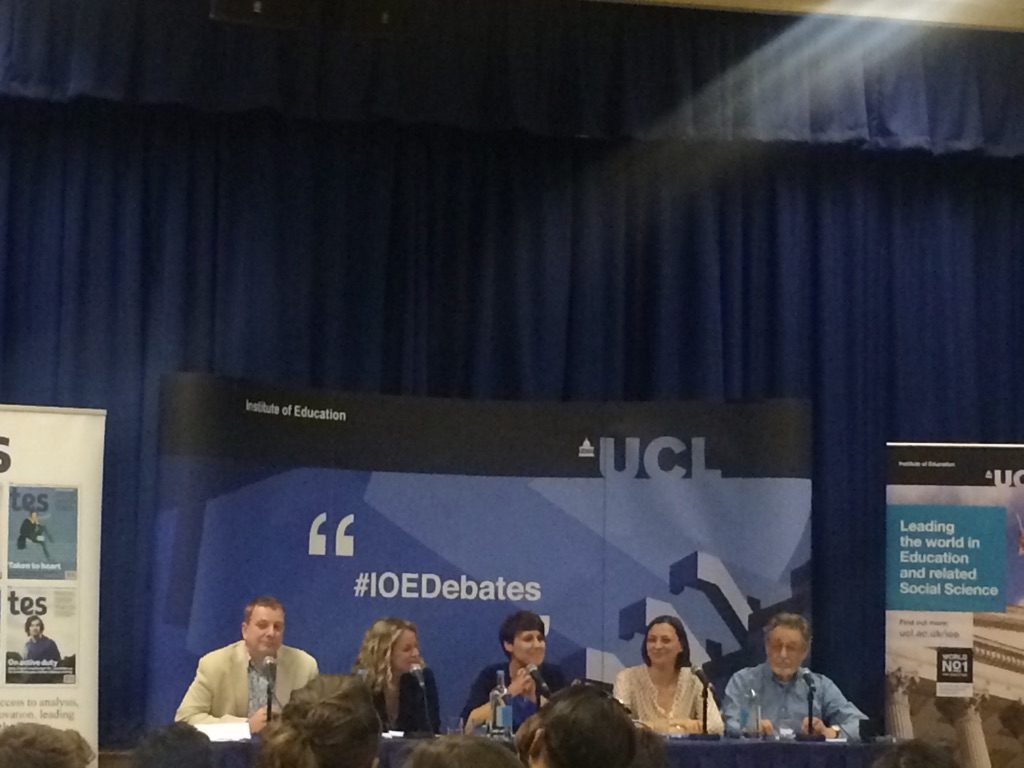
This fascinating debate set out to explore what can be expected from educational neuroscience for policy and practice, as well as how to recognise ‘neuro snake oil’ (see here for the CEN series on neurohits and neuromyths). Each panellist introduced their viewpoint and initial thoughts:
Michael Thomas began by saying that we learn because the brain is plastic, i.e. pathways and connections in the brain are made and changed based on our experiences. The problem is that learning is a complicated process with seven systems interacting in the brain, all varying in their development and in their sensitivity to socio-emotional factors. Understanding learning is also challenging as it is only one aspect of a very complex educational system. There are two main ways that neuroscience can be translated into something useful for teachers – understanding brain health so students are ready to learn, and understanding how learning takes place in different subject areas. He concluded by saying that although it is a challenge, it is one worth pursuing.
Becky Allen highlighted the impact of having an incomplete understanding of cognition, particularly the lack of confidence in cognitive theories, which are important for generalising across different groups of children and classrooms. Currently, ideas such as pretesting, redundancy, and desirable difficulties are being promoted by some influential figures in education, however these run the risk of being the new myths – they are based on a small number of studies with short-term outcomes. The key question is whether ‘learning how we learn’ will help us know how to teach. Each class group has around 30 individual learners, meaning that teachers spend the majority of their time with the group rather than considering learning at an individual level.
Cat Sebastian outlined the positive influence of neuroscience on understanding the adolescent age group; why teens behave like they do, and how connectivity in decision-making and emotional regulation continues to mature in this age group. This can help both teachers and students understand changes in risk-taking behaviours and the changing influence of peers. Neuroscience can also help explain why different interventions may be more successful with some groups than others, and can even motivate wider research in particular areas; e.g. there had been very little research on adolescence until neuroscience showed that development continues into and beyond this age group.
Steven Rose began by making the point that it is children who learn, not brains. Brains are embedded in children who are embedded within a school and society. He questioned whether answering questions about the brain can really help with learning and teaching. It may even distract from things that we do know and need to respond to, e.g. food banks in order to meet the current needs of students. Many of the neuromyths, including VAK (visual, auditory, kinaesthetic learning, or learning styles) and brain gym were considered ‘good science’ a couple of decades ago. He closed by predicting that some of the current developments in techniques and technologies may well turn out to be neuromyths of the future.
Becky Francis summed up the opening comments as three important considerations: 1) risks of early adoption of scientific ideas and fads; 2) the importance of interaction between different disciplines, and 3) considering the wider educational context.
The Q&A session drew out further themes and practical applications, but an important first question was about different timescales. Translation into practice needs to be evidence-based, and it is important to have intervening stages between neuroscience and practice – perhaps this is a new profession in itself? An analogy was drawn with medicine, which has taken 200 years to get to a position of being research-led but where doctors still treat the person. Scientists may take years to develop understanding; policy-makers have about 18 months; teachers need something for Monday morning! A way of managing this is to balance the time and disruption of changing practice, against the risk factors. For example, spaced learning has a one-off disruption and time cost, but it is not likely to be damaging, and therefore on balance may be something teachers could introduce.
The panel then responded to questions from the floor.
When asked about mental health, they highlighted the importance of shaping policy for allocating resources, but that neuroscience has a role in identifying risk factors, understanding of resilience, and how early life stresses can have long-reaching impacts on brain development.
A question on cognitive load theory (amount of information that can be held in working memory) highlighted the fact that some ideas may be introduced more easily because they are easily implemented, and help to make sense of the wide variation across a class. However, it may also lead to inappropriate expectations about how behaviour can be changed; e.g. training working memory does not lead to gains in other areas.
Finally, a question about funding research emphasised the importance of multidisciplinary research, where funding could be allocated on the basis of a problem to be solved, rather than being discipline-focused.
The session concluded with an opportunity for attendees to identify areas they would like neuroscience to answer, such as concerns parents may have about whether they have passed on difficulties or challenges to their children e.g. in maths.
This well-attended event emphasised once again the interest people have in understanding how knowledge about the brain may inform teaching practice and improve children’s learning. One important outcome from the discussion was the importance of multidisciplinary research; not only between education, psychology, cognitive science, and neuroscience, but also with social disciplines. The context of students’ learning is important and needs to be considered. Also, many are aware of neuromyths which has led to a certain amount of cautiousness about adopting new ideas before they are fully researched. Therefore, there is a balance to consider between time commitment and disruption vs risk. Overall, there was general agreement that it is useful and important to understand ‘why’ – why some interventions are more successful with some than others; why some children respond to certain teaching methods better than others; why there is such variation within and between each class. Through exploring answers to these questions, educational neuroscience will have something to offer to teachers and learners – but it is unlikely to be ready for Monday morning!
Click below to watch the video of the event:
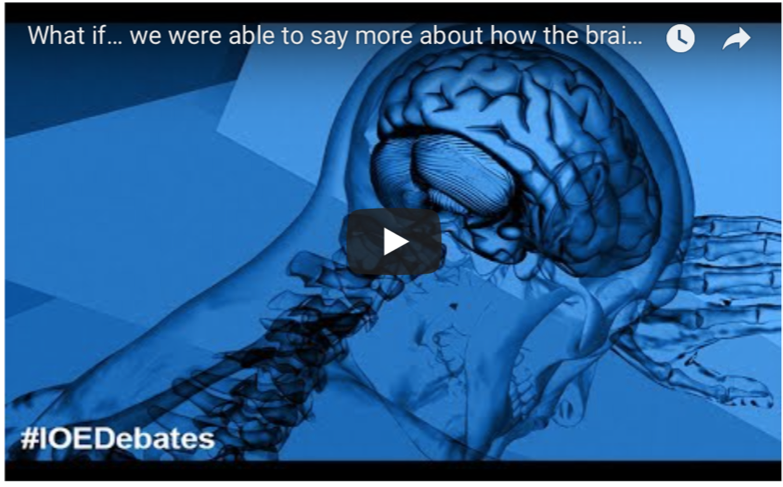


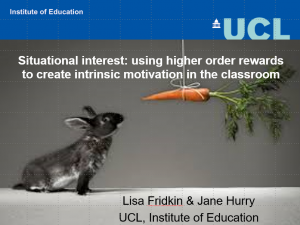
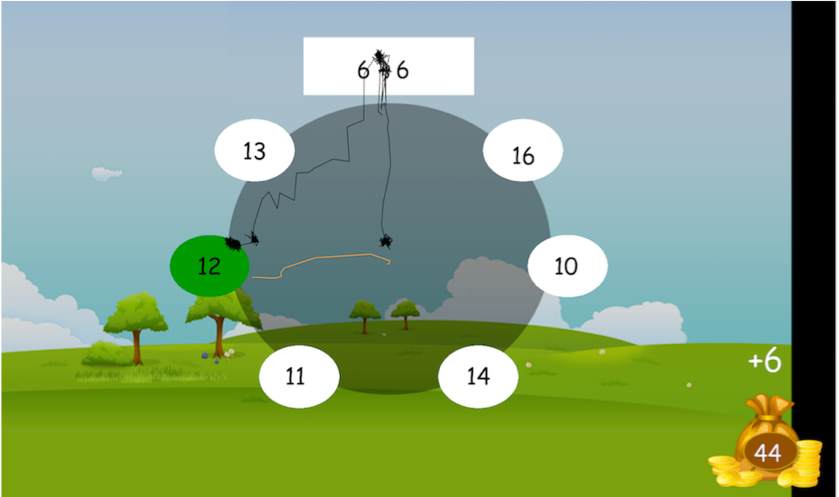
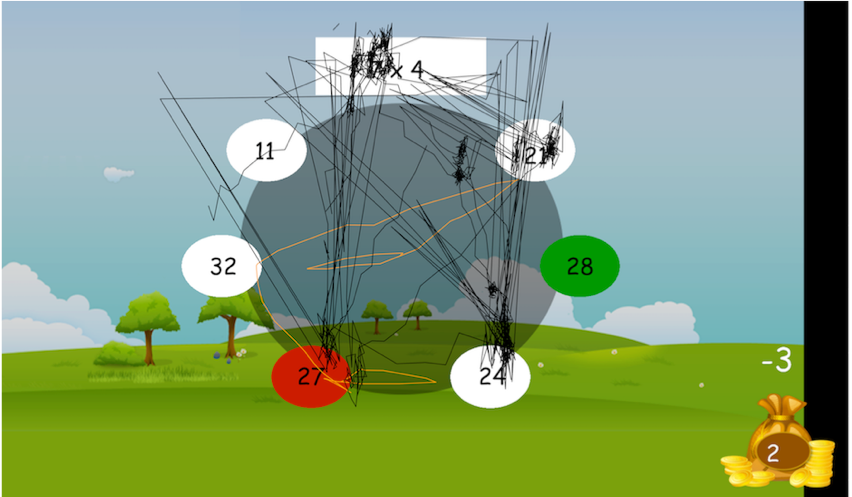
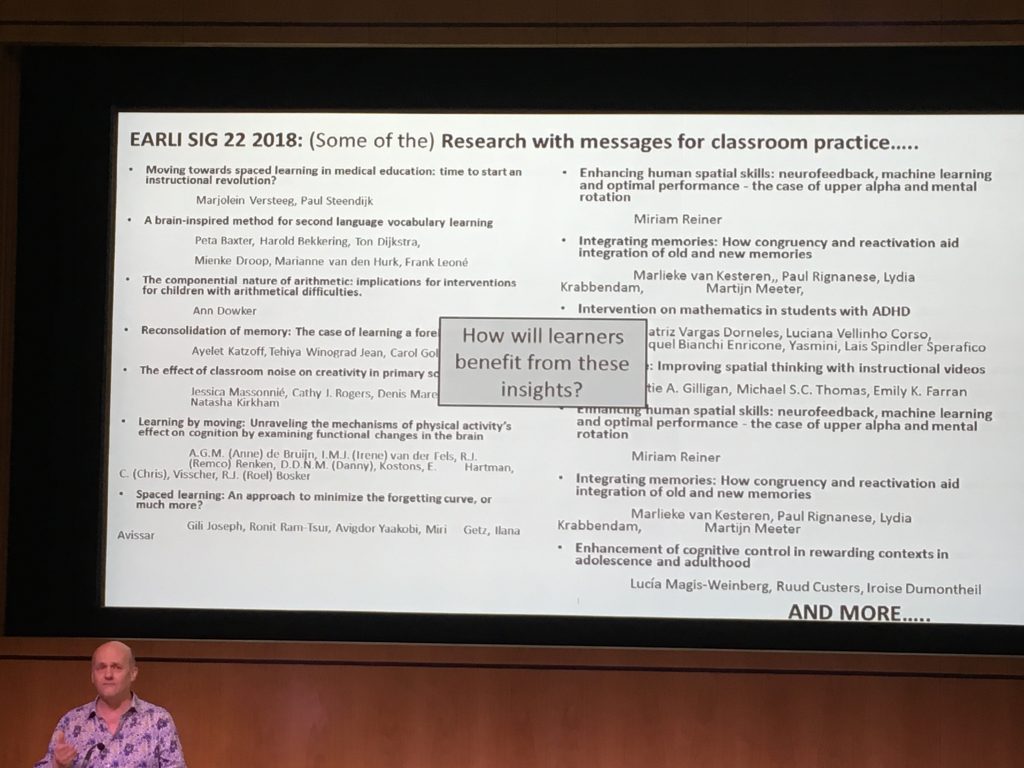
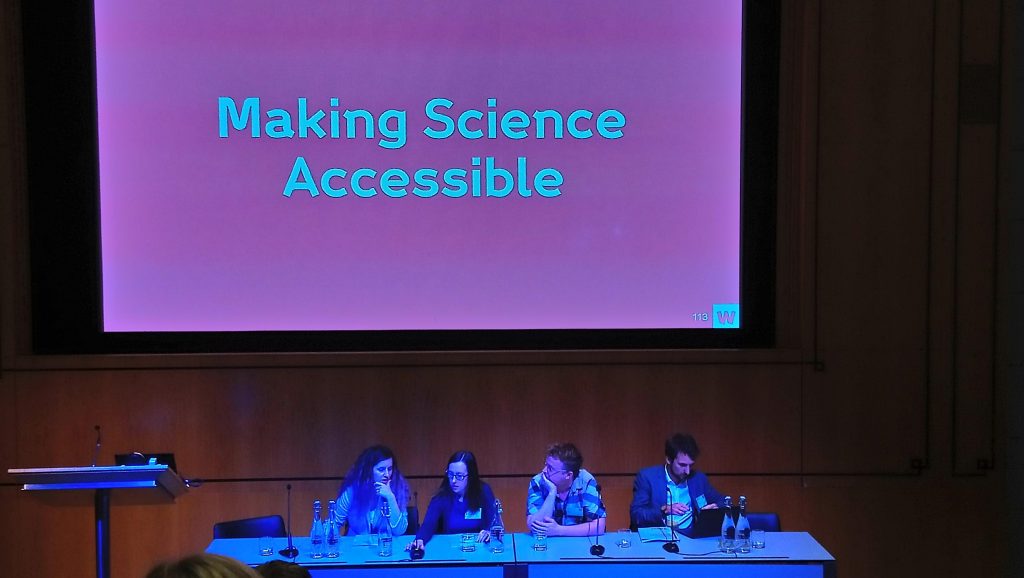
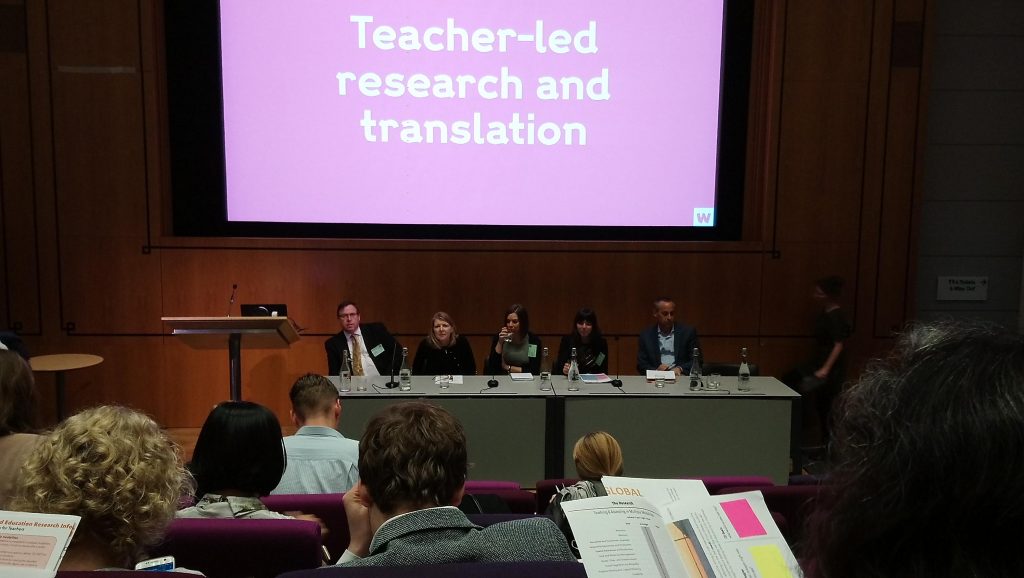
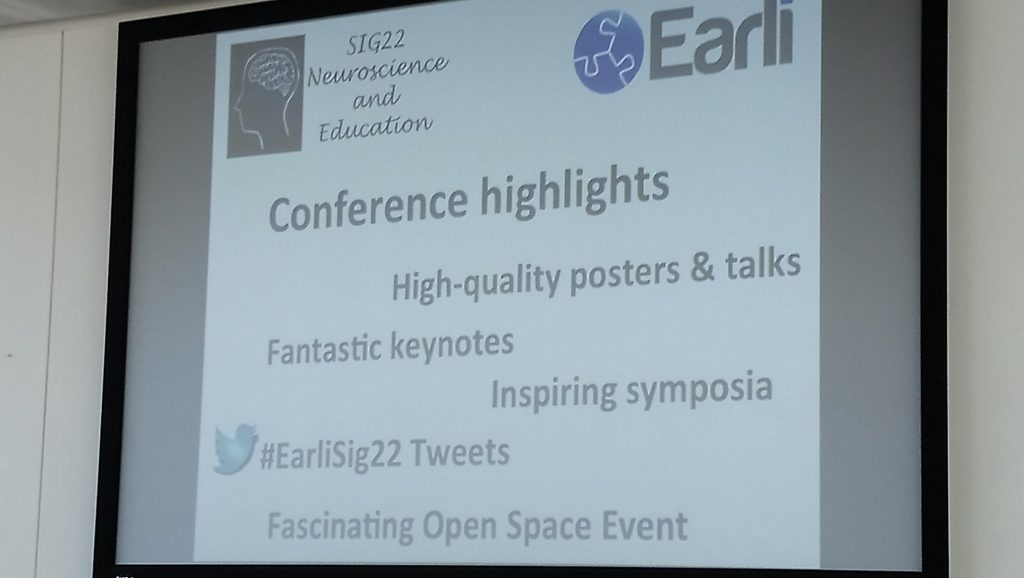


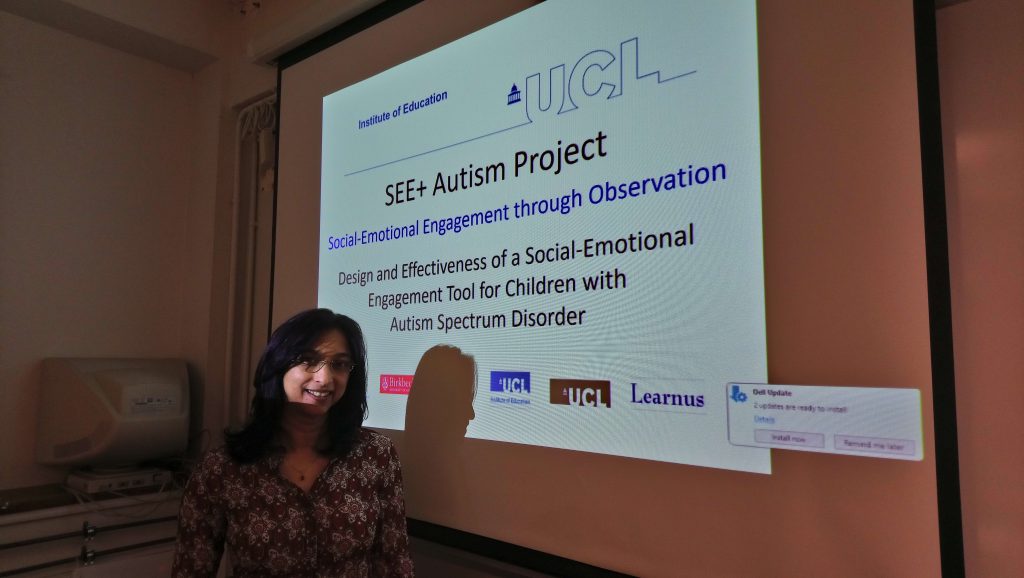
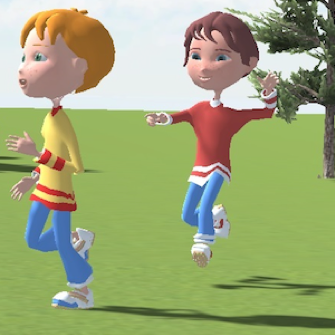 Sveta discussed how she met the challenge of evidence-based research, policy and practice related to educational neuroscience to inform her research by drawing upon a multidisciplinary review of literature to inform her work. She also discussed why a participatory research approach involving practitioners-as-researchers is invaluable to address the challenge of ecological validity, i.e. supporting transfer of children’s computer-based learning into their lived experience of the social world around them.
Sveta discussed how she met the challenge of evidence-based research, policy and practice related to educational neuroscience to inform her research by drawing upon a multidisciplinary review of literature to inform her work. She also discussed why a participatory research approach involving practitioners-as-researchers is invaluable to address the challenge of ecological validity, i.e. supporting transfer of children’s computer-based learning into their lived experience of the social world around them.